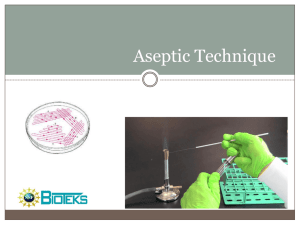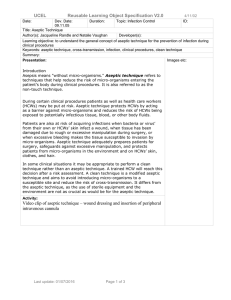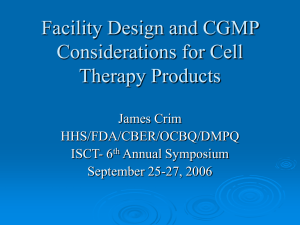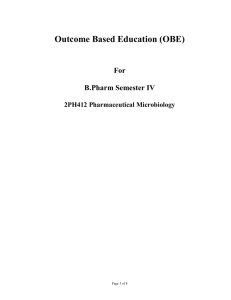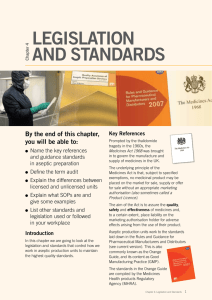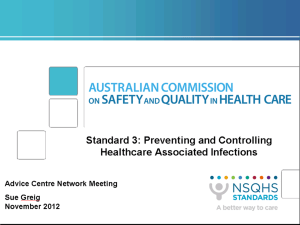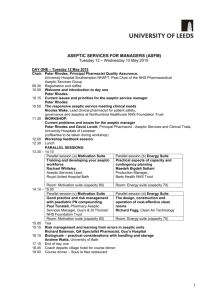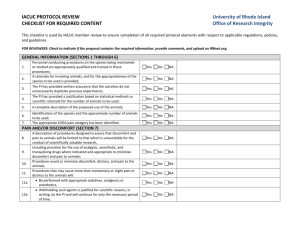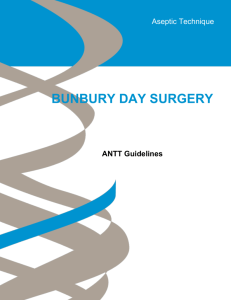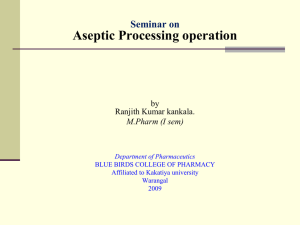Aseptic Technique Module Learning Outcomes
advertisement
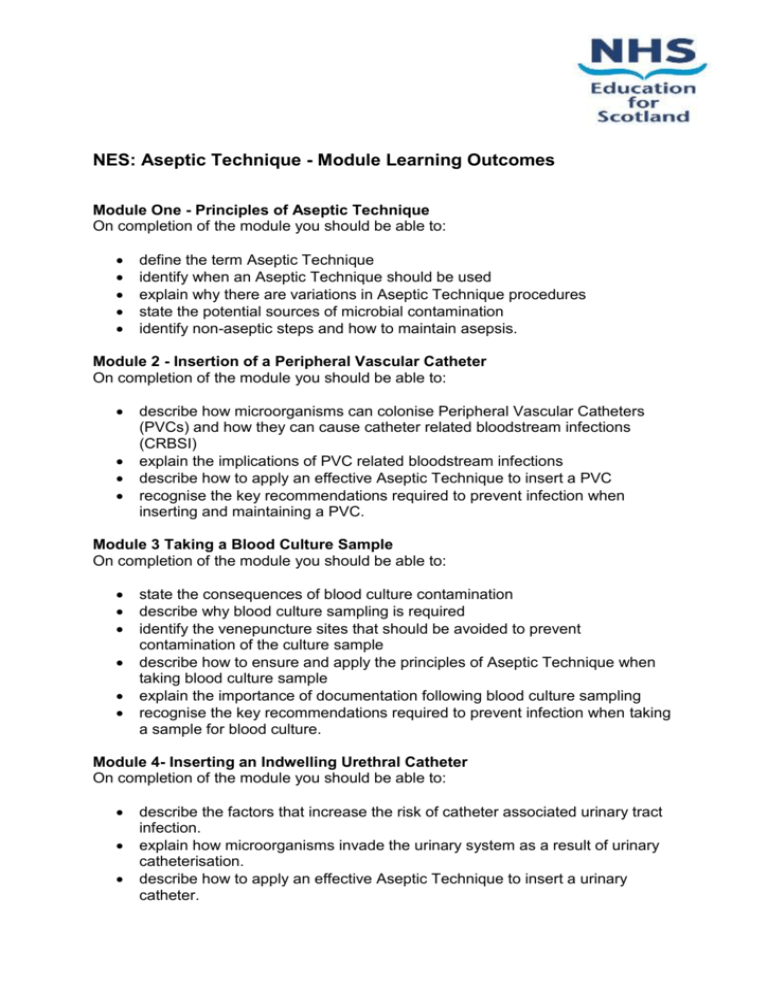
NES: Aseptic Technique - Module Learning Outcomes Module One - Principles of Aseptic Technique On completion of the module you should be able to: define the term Aseptic Technique identify when an Aseptic Technique should be used explain why there are variations in Aseptic Technique procedures state the potential sources of microbial contamination identify non-aseptic steps and how to maintain asepsis. Module 2 - Insertion of a Peripheral Vascular Catheter On completion of the module you should be able to: describe how microorganisms can colonise Peripheral Vascular Catheters (PVCs) and how they can cause catheter related bloodstream infections (CRBSI) explain the implications of PVC related bloodstream infections describe how to apply an effective Aseptic Technique to insert a PVC recognise the key recommendations required to prevent infection when inserting and maintaining a PVC. Module 3 Taking a Blood Culture Sample On completion of the module you should be able to: state the consequences of blood culture contamination describe why blood culture sampling is required identify the venepuncture sites that should be avoided to prevent contamination of the culture sample describe how to ensure and apply the principles of Aseptic Technique when taking blood culture sample explain the importance of documentation following blood culture sampling recognise the key recommendations required to prevent infection when taking a sample for blood culture. Module 4- Inserting an Indwelling Urethral Catheter On completion of the module you should be able to: describe the factors that increase the risk of catheter associated urinary tract infection. explain how microorganisms invade the urinary system as a result of urinary catheterisation. describe how to apply an effective Aseptic Technique to insert a urinary catheter. recognise the key recommendations required to prevent infection when inserting a urinary catheter Module 5 - Applying Aseptic Technique when carrying out Wound Care On completion of the module you should be able to: explain the importance of performing Aseptic Technique when apply wound dressings. describe how to apply an effective Aseptic Technique in the hospital and community settings. recognise the benefits of carrying out Aseptic Technique from the patient's perspective, healthcare team perspective and the NHS in Scotland. describe the core equipment you would require to perform Aseptic Technique in the hospital and community settings. Module 6 - Taking a Specimen for Microbiological Examination On completion of the module you should be able to: explain the importance of and complete the required details on a microbiology form, either paper or electronic format describe how to take a specimen of urine from a urethral catheter explain how to obtain a wound swab Module 7 - Long Term Central Vascular Access Devices On completion of the module you should be able to: explain the advantages and disadvantages of CVC lines demonstrate an understanding of insertion of implantable port devices and the internal valve system. identify the signs and symptoms of a CVC line infection. describe how micro-organisms can colonise CVC and how they can cause catheter related bloodstream infections (CRBSI) state how to apply an Aseptic Technique when managing CVC Module 8 - Management of Arteriovenous fistula (AVF) On completion of the module you should be able to: Explain the purpose and advantages of AVF Demonstrate an understanding of formation of an AVF and AVG Identify the signs and symptoms of localised and systemic infection. State how to apply an aseptic technique when connecting and disconnecting the AVF from a dialysis machine. Be aware of the Best Practice Statement for the Care of Arteriovenous Fistula and Graft
